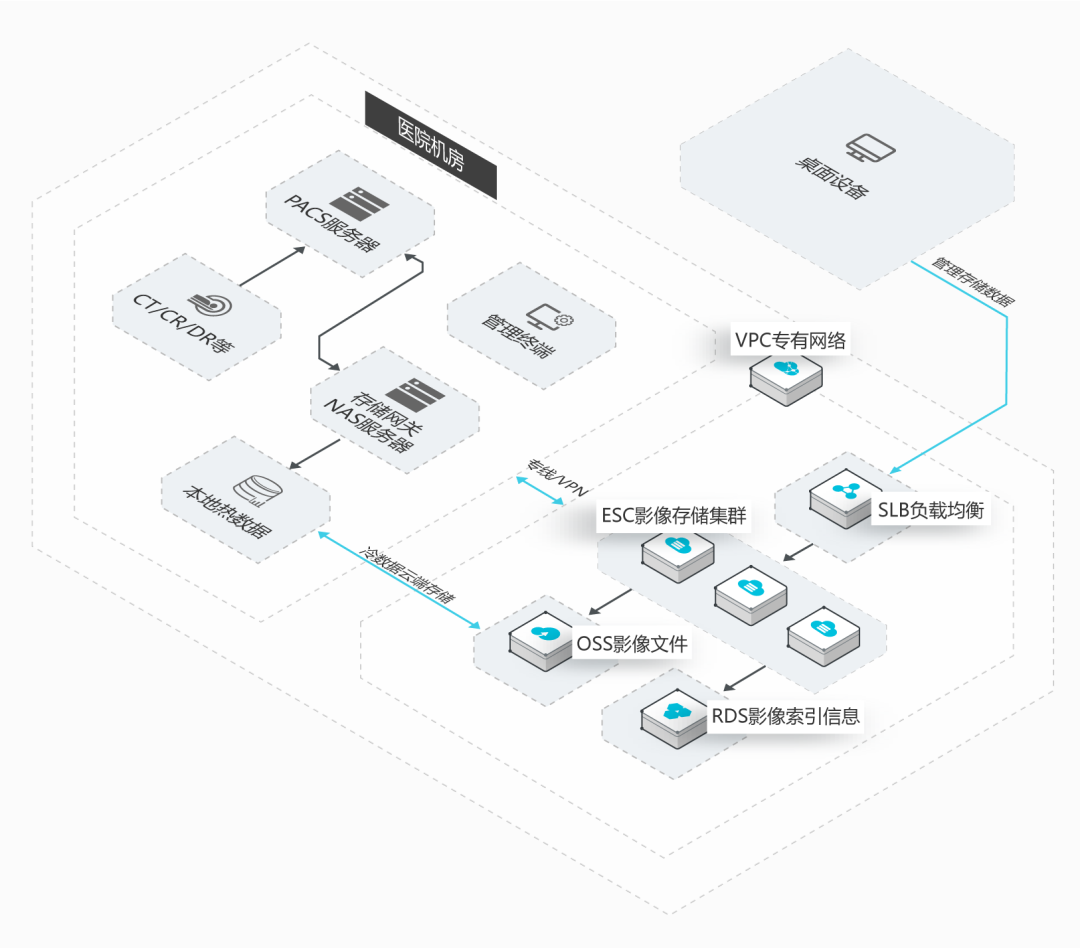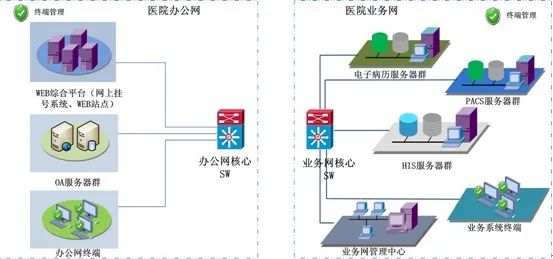Building a network medical information system with C++: Opening a new chapter in smart healthcare
1. Introduction

In today’s digital era, the healthcare industry is undergoing profound changes, and network medical information systems have become a key force in enhancing the quality and efficiency of medical services. C++, as a powerful programming language, possesses unique advantages in developing network medical information systems due to its efficiency, stability, and excellent control over underlying hardware, laying a solid foundation for medical informatization.
From a macro perspective, global medical data is experiencing explosive growth, and the efficient processing and precise transmission of large amounts of medical information are urgent. In China, policies continue to promote the in-depth development of medical informatization, from the widespread adoption of electronic medical records to the extensive application of telemedicine, making the construction of a comprehensive, safe, and reliable network medical information system an inevitable trend. C++ can deeply optimize system performance, enhancing the storage, retrieval, and analysis of medical data. Whether for large tertiary hospitals handling massive patient data or grassroots medical institutions achieving rapid information exchange, C++ can precisely empower and assist medical services to reach every corner that needs it.
2. System Architecture Analysis

The network medical information system developed in C++ typically adopts a layered architecture, with each layer performing its duties and working together, like a precision gear system driving the efficient operation of the system. The presentation layer (UI layer) is the system’s “facade,” responsible for interacting with medical staff and patients, presenting information through an intuitive interface. Whether it’s convenient entry of medical records by doctors or easy appointment scheduling by patients, it is indispensable. The business logic layer (BLL) serves as the system’s “central brain,” deeply processing core business operations, such as arranging treatment processes and managing drug inventory, with complex logic organized here. The data access layer (DAL) acts as a bridge for the system to “communicate” with data, accurately executing data creation, deletion, modification, and querying, ensuring smooth data flow.
In terms of module division, core modules include patient management, doctor workstations, drug management, and financial management. The patient management module comprehensively controls patients’ basic information and medical records, achieving rapid retrieval and precise updates; the doctor workstation module integrates functions such as electronic medical record writing and order issuance, assisting doctors in efficient diagnosis and treatment; the drug management module meticulously manages drug inventory, procurement, and distribution processes, ensuring timely and accurate drug supply; the financial management module rigorously handles cost settlement and medical insurance reimbursement, ensuring clear and transparent financial flow.
In terms of technology selection, network communication often relies on high-performance TCP/IP protocols or advanced HTTP/3 protocols to ensure rapid and stable transmission of medical data, even allowing for high-definition image transmission during remote consultations; database management commonly uses reliable relational databases like MySQL and Oracle, ensuring data integrity with strong transaction processing capabilities, providing a solid storage backbone for massive medical data; for complex data processing needs, big data technologies like Hadoop and Spark are introduced to deeply explore the value of medical data, such as analyzing disease epidemic trends to assist decision-making. These technologies work in tandem with C++, establishing a solid foundation for the system’s exceptional performance.
3. Revealing Core Functions

(1) Patient Information Management
Convenient entry is the system’s “first handshake” with patients. Through carefully designed forms, medical staff can quickly enter patients’ names, ages, genders, contact information, allergy histories, and other basic information with just a click of the mouse, laying the foundation for subsequent diagnosis and treatment. Precise queries make information readily accessible; whether by patient ID, name, or appointment time, the system can respond lightning-fast, presenting detailed information in seconds, allowing doctors to quickly review initial consultation details during follow-ups and adjust treatment plans accurately. Information modification and secure storage act as the system’s “guard shield,” with strict permission controls ensuring that only authorized personnel can modify key information, while advanced encryption algorithms encrypt patient data for storage, defending against external illegal probing and maintaining patient privacy.
(2) Diagnosis and Treatment Process Optimization
The appointment system opens the first step to convenient medical care. Patients log into the system, where department and doctor schedules are clear at a glance, selecting their preferred time slots for appointments. The system automatically verifies and provides real-time feedback, sending a warm reminder upon success, and can even intelligently remind patients on the day of the appointment, allowing them to attend consultations with ease. Electronic medical record writing and storage eliminate the cumbersome traditional paper records, enabling doctors to detail patient conditions, diagnoses, and orders within the system, combining structured templates with free text for easy writing, supporting the upload of images and imaging data to present conditions from multiple dimensions, with secure and long-term storage available for retrieval and review at any time. The integration of examination and inspection processes allows seamless information connection; after doctors issue examination requests, the system automatically forwards them to the corresponding department, patients proceed for examinations, and results are instantly returned for doctors to view and analyze simultaneously, significantly shortening diagnosis and treatment cycles and enhancing medical efficiency.
(3) Medical Resource Management
Doctor scheduling management is the central hub for hospital human resource allocation, intelligently generating schedules based on department needs, doctor qualifications, and historical scheduling data, balancing fairness and efficiency, and allowing flexible adjustments in case of emergencies to ensure uninterrupted medical services. Ward management is meticulous down to every bed, monitoring bed occupancy, patient admissions and discharges, and ward equipment status in real-time, scientifically and efficiently allocating beds to patients, and managing ward supplies orderly to ensure a comfortable inpatient environment. The medical equipment management module ensures the “health” of equipment, from detailed registration of equipment purchases to precise recording of operating data and automated maintenance reminders, to tracking the entire process of disposal, ensuring equipment is always ready to assist in diagnosis and treatment.
(4) Data Statistics and Analysis
The data statistics function acts like the system’s “intelligent brain,” leveraging C++’s powerful data processing capabilities to analyze patient flow, disease distribution, cost income, and drug usage from multiple dimensions, generating intuitive reports. For instance, monthly statistics on outpatient volumes and inpatient numbers by department can be graphed to help managers gain insights into business dynamics; analyzing changes in disease spectra provides a basis for the hospital’s discipline construction and resource allocation. In-depth data analysis serves as a tool for uncovering “gold mines” in data, using data mining algorithms to explore disease correlation factors and treatment effect influencing factors, supporting clinical research and precision medicine, and promoting continuous advancement in medical services.
4. Technical Advantages Fully Displayed

In the field of developing network medical information systems, C++ has significant advantages over other programming languages. Its execution efficiency is unparalleled, with system startup, data loading, and complex query responses optimized to run like lightning, far surpassing languages like Python and Java. For instance, during peak periods in large hospitals handling massive concurrent data, C++ can quickly deliver results, allowing medical staff to avoid long waits. In terms of resource management, C++ can finely manage memory, CPU, and other resources, allocating them reasonably to prevent resource waste and leakage risks, ensuring stable long-term system operation and avoiding system lags or crashes due to resource depletion.
The cross-platform feature allows C++ developed systems to “freely traverse”; whether for the hospital management end on Windows or the patient application on mobile Android and iOS systems, a single set of C++ code can run perfectly with slight adaptations, significantly reducing development costs and maintenance difficulties, achieving comprehensive communication of medical information.
On the security front, C++ builds a solid defense line. Strict type checking identifies potential code errors; self-controlled memory management avoids high-risk vulnerabilities like memory overflow and dangling pointers; code obfuscation and encryption technologies deter decompilers, effectively protecting medical data and system intellectual property, firmly maintaining the baseline of medical information security, creating a safe environment for both patients and medical staff.